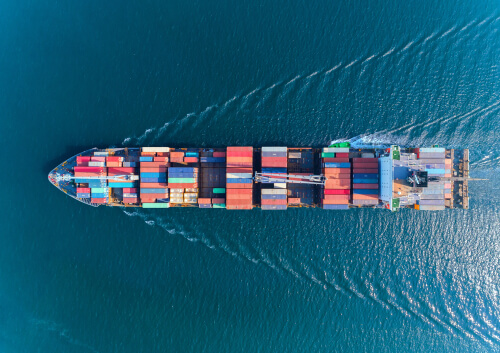Commercial, Energy Efficiency, GHG Emissions - October 29, 2024
EPA’s Clean Ports Program Funds 55 Zero-Emission Projects
The U.S. Environmental Protection Agency announced the selection of 55 applicants across 27 states and territories to receive nearly $3 billion through EPA’s Clean Ports Program.
These grants will support the deployment of zero-emission equipment, as well as infrastructure and climate and air quality planning projects at ports across the country.
The grants are funded by President Biden’s Inflation Reduction Act and will advance environmental justice by reducing diesel air pollution in U.S. ports and surrounding communities.
The port and freight equipment responsible for moving goods including trucks, locomotives, marine vessels, and cargo-handling equipment contribute to significant levels of diesel air pollution at and near port facilities. This pollution is especially harmful to nearby communities’ health and contributes to climate change.
The funds will improve air quality at ports across the country by installing clean, zero-emission freight and ferry technologies along with associated infrastructure, eliminating more than 3 million metric tons of carbon pollution — equivalent to 391,220 homes' energy use for one year.
“Our nation’s ports are critical to creating opportunity here in America, offering good-paying jobs, moving goods, and powering our economy,” said EPA Administrator Michael S. Regan in a statement. “Today’s historic $3 billion investment builds on President Biden’s vision of growing our economy while ensuring America leads in globally competitive solutions of the future. Delivering cleaner technologies and resources to U.S. ports will slash harmful air and climate pollution while protecting people who work in and live nearby ports communities.”
The selected projects cover a wide range of human-operated and human-maintained equipment used at and around ports, with funds supporting the purchase of zero-emission equipment. This includes over 1,500 units of cargo handling equipment, 1,000 drayage trucks, 10 locomotives, and 20 vessels, as well as shore power systems, battery-electric and hydrogen vehicle charging and fueling infrastructure, and solar power generation.
The initial estimates of tailpipe reductions from this new equipment are over 3 million metric tons of CO2, 12,000 short tons of NOx, and 200 short tons of PM2.5 in the first 10 years of operation. These estimates are based on initial counts of proposed zero-emission equipment and shore power installations and do not consider benefits from retiring older vehicles, among other factors.
Share this valuable information with your colleagues using the buttons below:
« Back to NewsStay Up-To-Date












